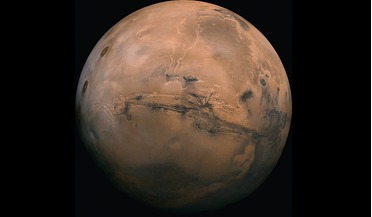 October 2020
Space 2069 - back to the Moon, to Mars and beyond
October 2020
Space 2069 - back to the Moon, to Mars and beyond
... the asteroid belt and beyond to the gas giants of Jupiter and Saturn, and the ice giants of Uranus and Neptune in the cold, dark outer reaches of the solar system beyond. Then, in the century after...
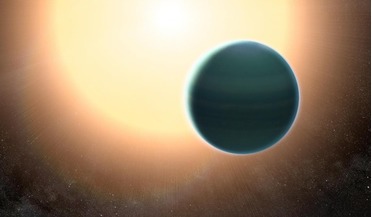 12 May 2017
Warm Neptune with primitive atmosphere discovered
12 May 2017
Warm Neptune with primitive atmosphere discovered
... development, or closer to its host star, or perhaps both – a stark contrast compared to how scientists think Neptune and Uranus formed in our own Solar System. "Astronomers have just begun to investigate the atmospheres of these distant Neptune...
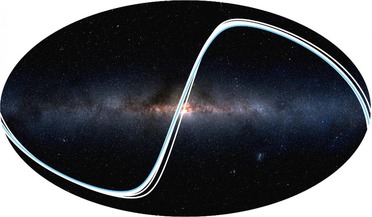 11 September 2017
Are we being watched from afar?
11 September 2017
Are we being watched from afar?
... on blocking out the light than our distant but more massive gas giant neighbours, I.e Jupiter, Saturn, Uranus, and Neptune. "Larger planets would naturally block out more light as they pass in front of their star...
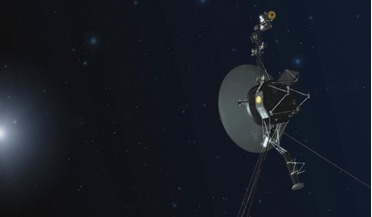 01 November 2017
Voyager 1 spies unexpected light at the outer edges of the Solar System
01 November 2017
Voyager 1 spies unexpected light at the outer edges of the Solar System
... and furthest human-made objects in the Universe. Voyager 1 and 2 initially set out to explore Jupiter, Saturn, Uranus and Neptune, but once this task was complete, the twin spacecraft extended their mission to study...
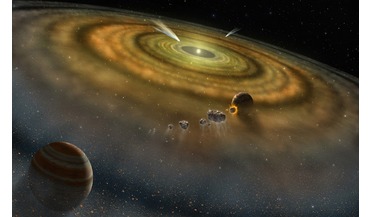 27 August 2018
Meteorites give clues as to how Jupiter was built
27 August 2018
Meteorites give clues as to how Jupiter was built
...) over a few million years before rapid gas accretion takes place, then intermediate mass planets such as Uranus and Neptune can be naturally accounted for.
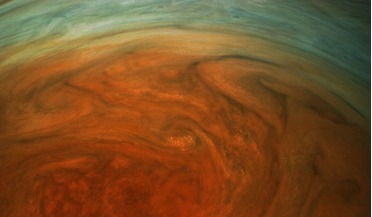 03 September 2018
Water discovered in Jupiter's Great Red Spot suggests plenty more down below
03 September 2018
Water discovered in Jupiter's Great Red Spot suggests plenty more down below
... up, said Goddard's Amy Simon, a planetary atmospheres expert. "If it works, then maybe we can apply it elsewhere, like Saturn, Uranus or Neptune, where we don't have a Juno," she said Chemically speaking Jupiter is the closest relative to the Sun...